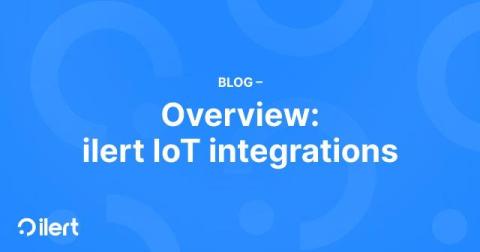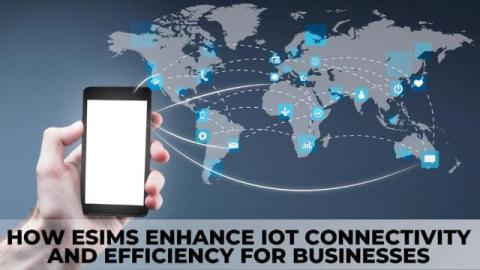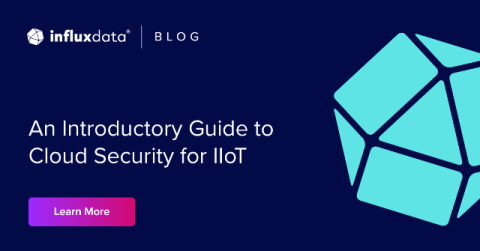To Observe > To Debug
You hear us at Percepio talking about Observability a lot. For customers using our award-winning Tracealyzer tool, this might sound a bit strange – isn’t Tracealyzer about diagnostics, debugging and profiling? Mostly, yes, but let me share why we are putting so much emphasis on our Continuous Observability solutions.











